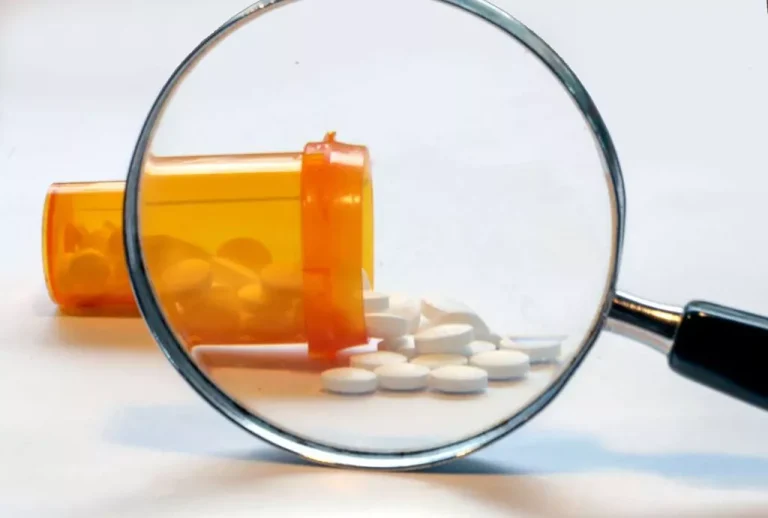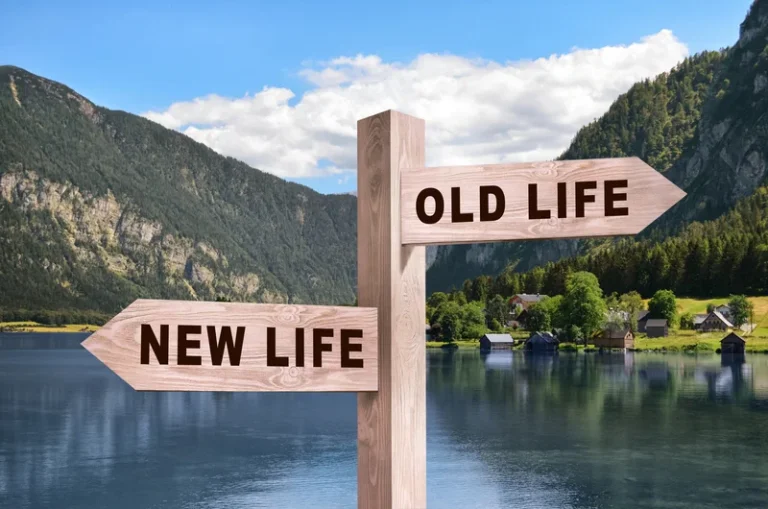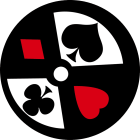
When you have alcohol cravings, there is usually some form of trigger. In some cases, it may be because you believe alcohol will bring you some relief. Both drugs contain the same active ingredient, semaglutide, which belongs to a class of drugs known as GLP-1 (aka “glucagon-like peptide 1”). These drugs regulate your blood sugar and make you feel satisfied after eating. Ozempic is approved for treating diabetes and, in some cases, excess weight. Instead, it is prescribed for those who have already stopped drinking alcohol.
- In the journey towards recovery, the right nutrient-rich foods can play a surprising role – they can curb alcohol cravings.
- If you’re wondering how widespread alcohol use is across the United States, a staggering 85.6 percent of people aged 18 and older reported consuming the elixir at one point in their life.
- We all remember our first drink, but what some of us didn’t know then is it would lead to alcohol dependence.
- Sometimes, these cravings can feel overwhelming, to the point of potential relapse.
Don’t keep alcohol in your house. Having no alcohol at home can help limit your drinking.

If you’re having trouble managing your cravings, help is always available to you. Sometimes, the best course of action is to seek help, especially if you’ve developed an alcohol use disorder. Alcohol withdrawal is incredibly dangerous and can be fatal without the proper intervention. It might be time to speak to a professional to see what you can do to overcome your alcohol cravings and remain sober for the long term. The coping tips listed above are critical for dealing with alcohol cravings and temptations in the moment. If you’re looking to stay sober in the long term and permanently alter your relationship with alcohol, it’s time to look into a more in-depth approach.
- When your alcohol cravings hit, resisting the urge to drink can take a lot of willpower.
- If you’re trying to stop drinking or recovering from alcohol addiction, cravings can make it difficult to avoid relapse.
- When not drinking, you might begin to notice feelings of anxiety or other emotional distress, along with strong cravings for alcohol.
- Sunnyside is one such mindful drinking app that allows and reminds you to track your daily alcohol intake.
- In particular, she’s committed to helping decrease stigma around mental health issues.
- While it’s difficult to completely stop the urge to drink, there are several strategies to manage and mitigate these cravings.
Ozempic seems to curb cravings for alcohol. Here’s what scientists think is going on
As you change your drinking, it’s normal and common to have urges or a craving for alcohol. The words “urge” and “craving” refer to a broad range of thoughts, physical sensations, or emotions that tempt you to drink, even though you have at least some desire not to. You may feel an uncomfortable pull in two directions or sense a loss of control. Participation in one or more of these levels of care can help an individual access the care they need, allowing them the opportunity to develop a strong foundation for recovery.

Plan ahead and set a predetermined drinking limit

Unfortunately, relapse is sometimes a part of recovery, but what’s important is how you manage it. If you acknowledge it and immediately seek help, you’ll be OK, but you need a clear understanding of what can happen to you or others when you drink. You’ll tell yourself, “Well, https://ecosoberhouse.com/ I already had one,” and get in over your head and get into trouble. If it goes well, you might believe you can handle moderate drinking, which is even more dangerous. It’s easy as time passes by to forget about the bad thing that occurred as a result of your drinking.

Alcohol cravings are composed of several thoughts, physical sensations, and/or emotions that increase the urge or desire to want to drink, even if a person does not want to drink. This can result in individuals experiencing an internal battle between wanting to and not wanting to give in to cravings, which can be stressful and upsetting. Alcohol cravings are common, especially when you first try to change your drinking habits. It could take some time and effort to find a strategy that helps you navigate them effectively, but you do have plenty of options for support.
Heavy alcohol use is considered eight drinks or more per week for women and 15 or more drinks per week for men. For many of us, a drink here or there on a social outing won’t turn into anything more. However, for others, it turned into having to drink before the social gathering, during, and then have a “nightcap” before you head to sleep. This is followed curbing alcohol cravings up by having a drink when you wake up to feel normal. Alcohol dependence is a serious concern and can have fatal consequences if not managed properly, but people addicted to alcohol admit their cravings get the best of them. It’s especially challenging for those with social anxiety disorder who use alcohol as a crutch to overcome how they feel.
- We live in a society so driven by alcohol that it’s hard to ignore.
- This is very common in alcohol recovery, and happens after the most severe symptoms of physical withdrawal have ended.
- Let them know your limits, and don’t hesitate to give a firm “no” if one too many drinks are being offered.
- The new edition of the Diagnostic and Statistical Manual of Mental Disorders (DSM-5) includes cravings as part of the diagnostic criteria for alcohol use disorder (AUD).
- It also involves showing them how to recognize these instances and use the methods and strategies they learn.
A healthcare provider aims to collect only the essential information they need to begin the admissions process. Kavanagh, David, et al. “Measurement of alcohol craving.” Addictive Behaviors, February 2013. Studies in animals, as well as a few in people, offer tantalizing clues to how this mechanism works for both food and alcohol. “The mechanism in the brain that regulates overeating overlaps with those responsible for the development and maintenance of addiction, including alcohol disorder,” he says.
Staying Healthy

Research has shown that continuing care is an important component of effective treatment for substance use disorders, especially for those individuals with severe cases. The longer you consume alcohol, the more noticeable the changes will be in your brain. Eventually, it will begin affecting chemical messengers called neurotransmitters. They can also increase your risk of developing withdrawal symptoms.
